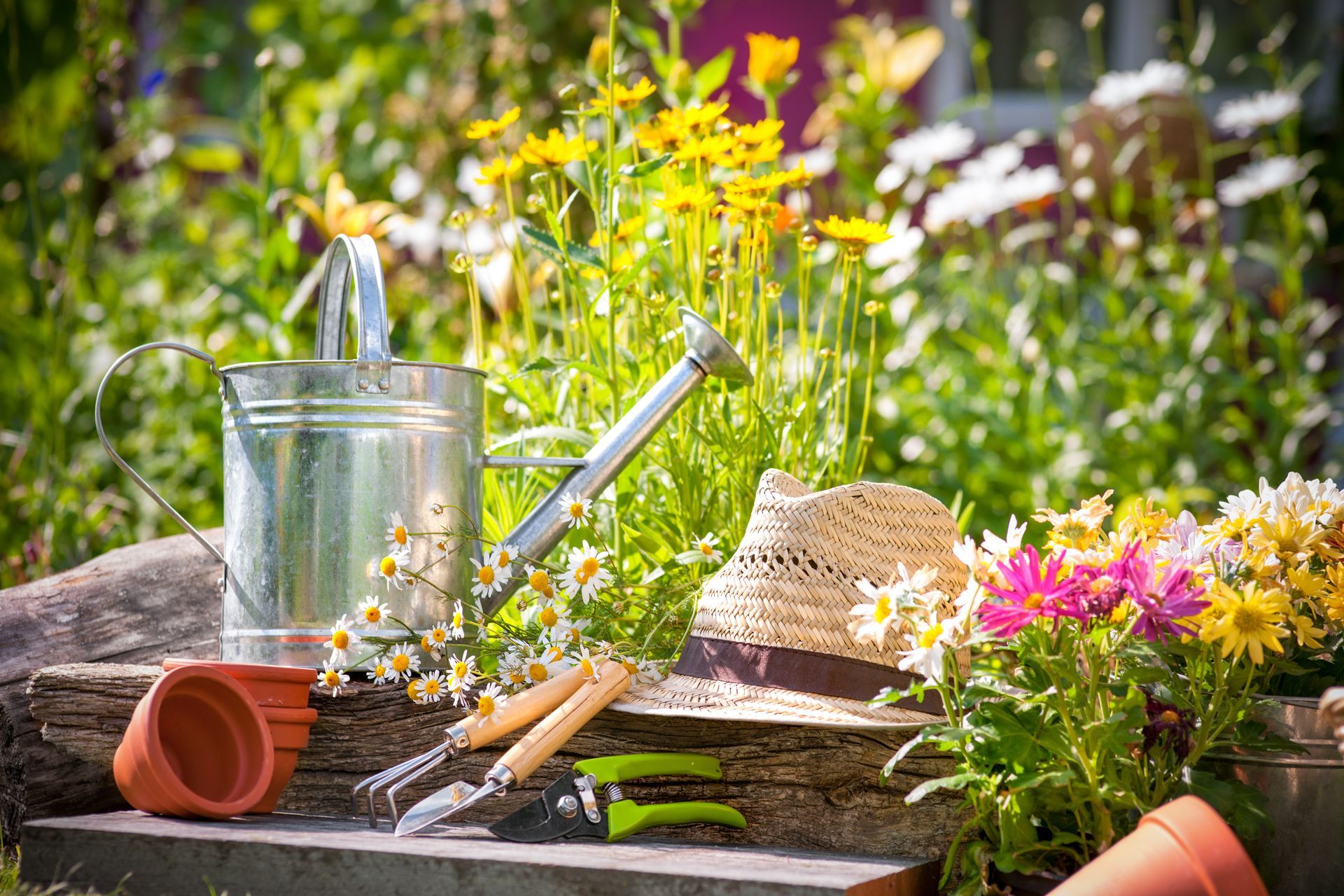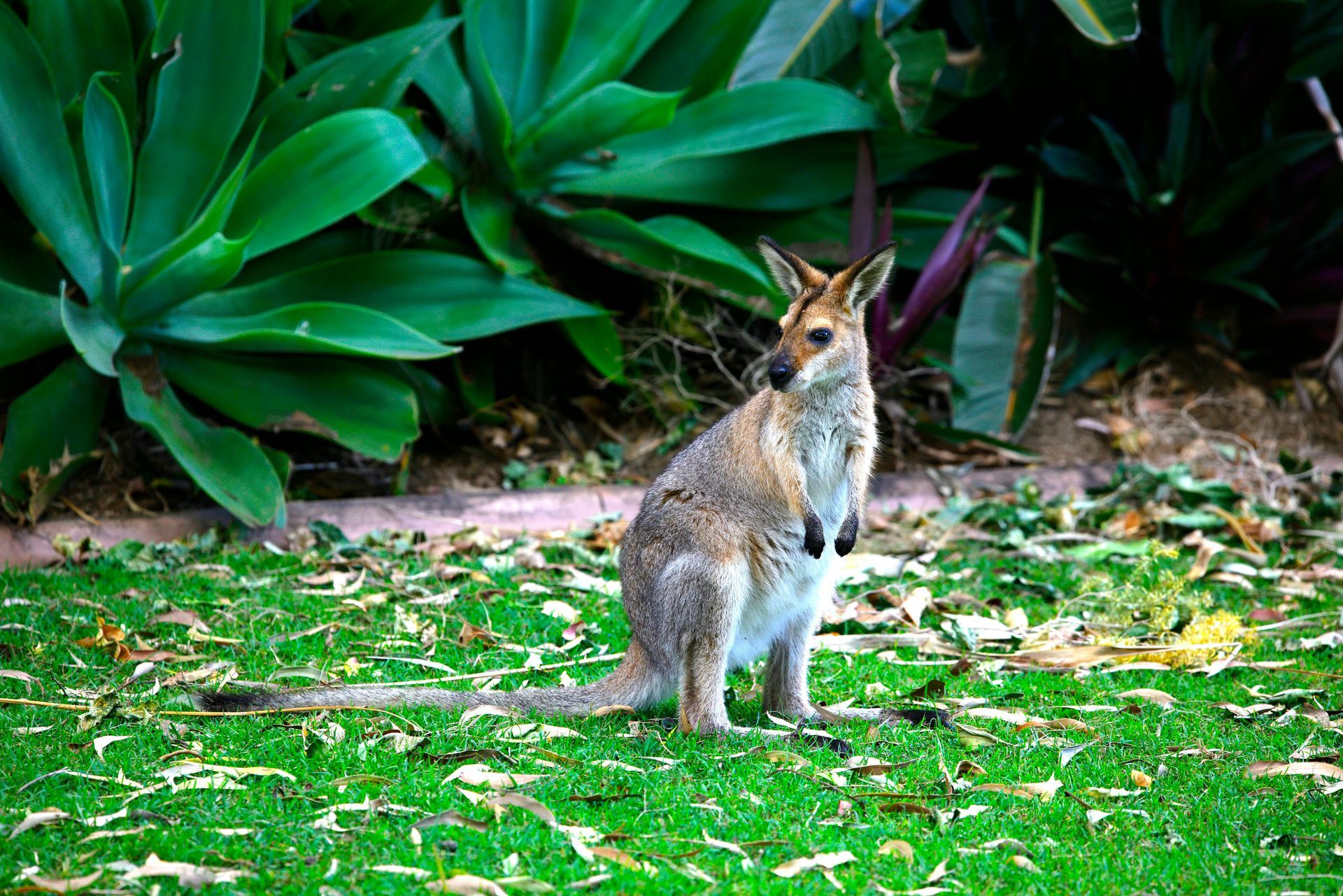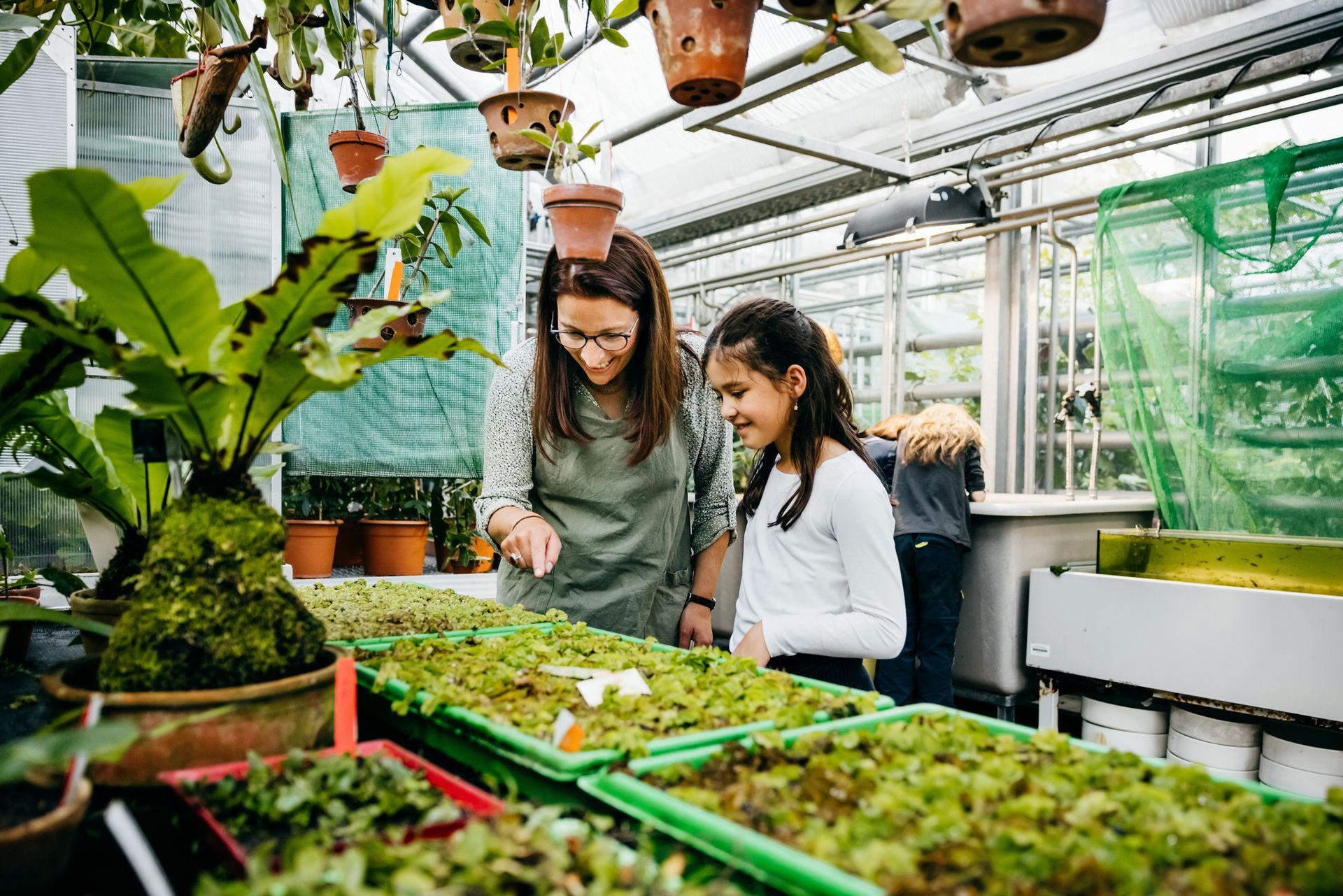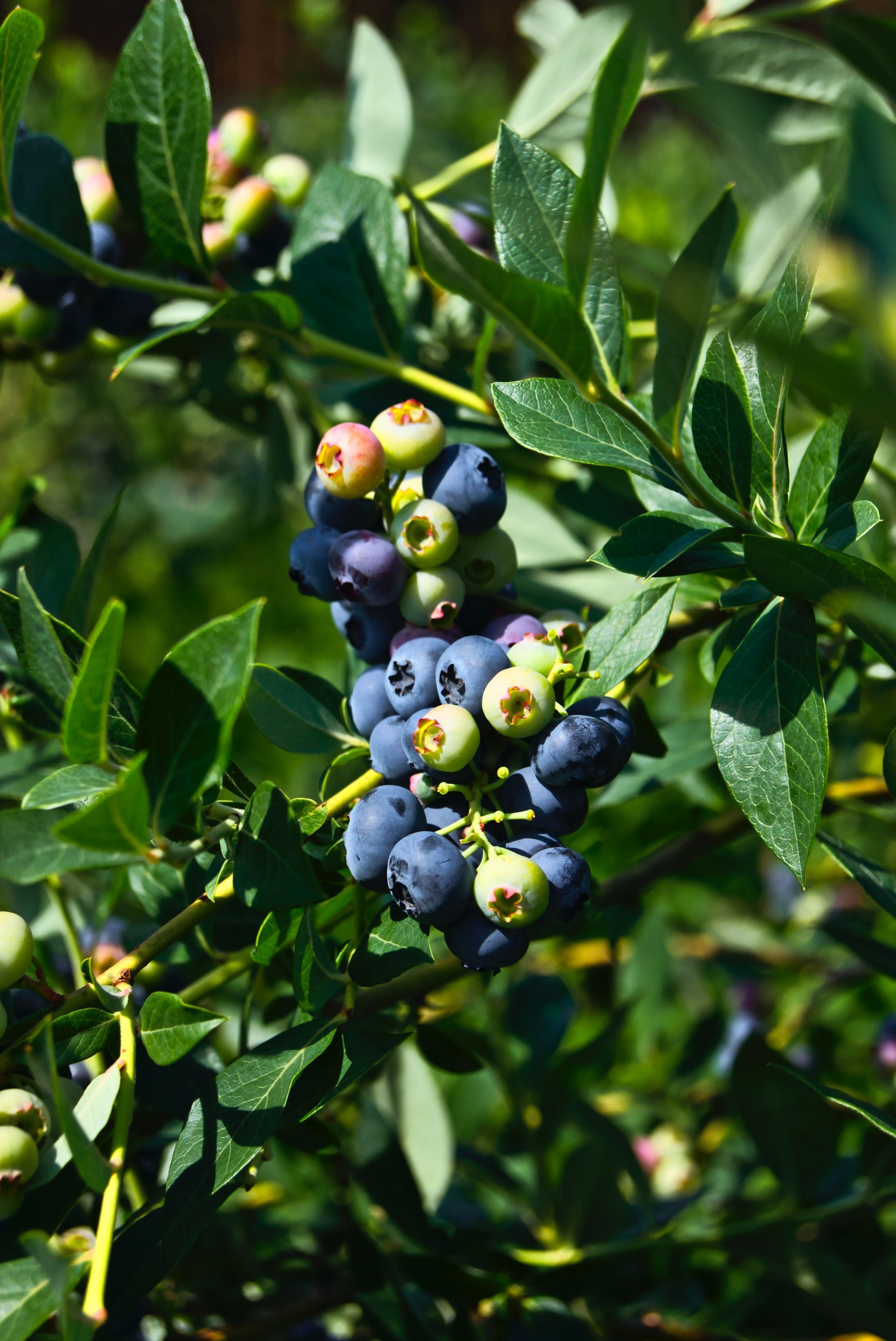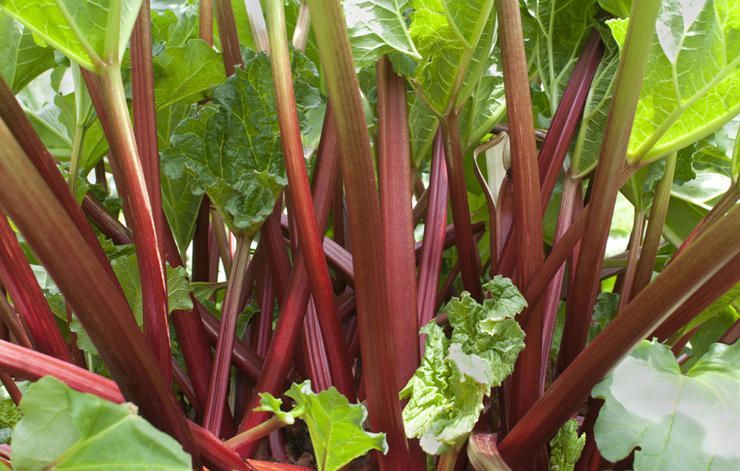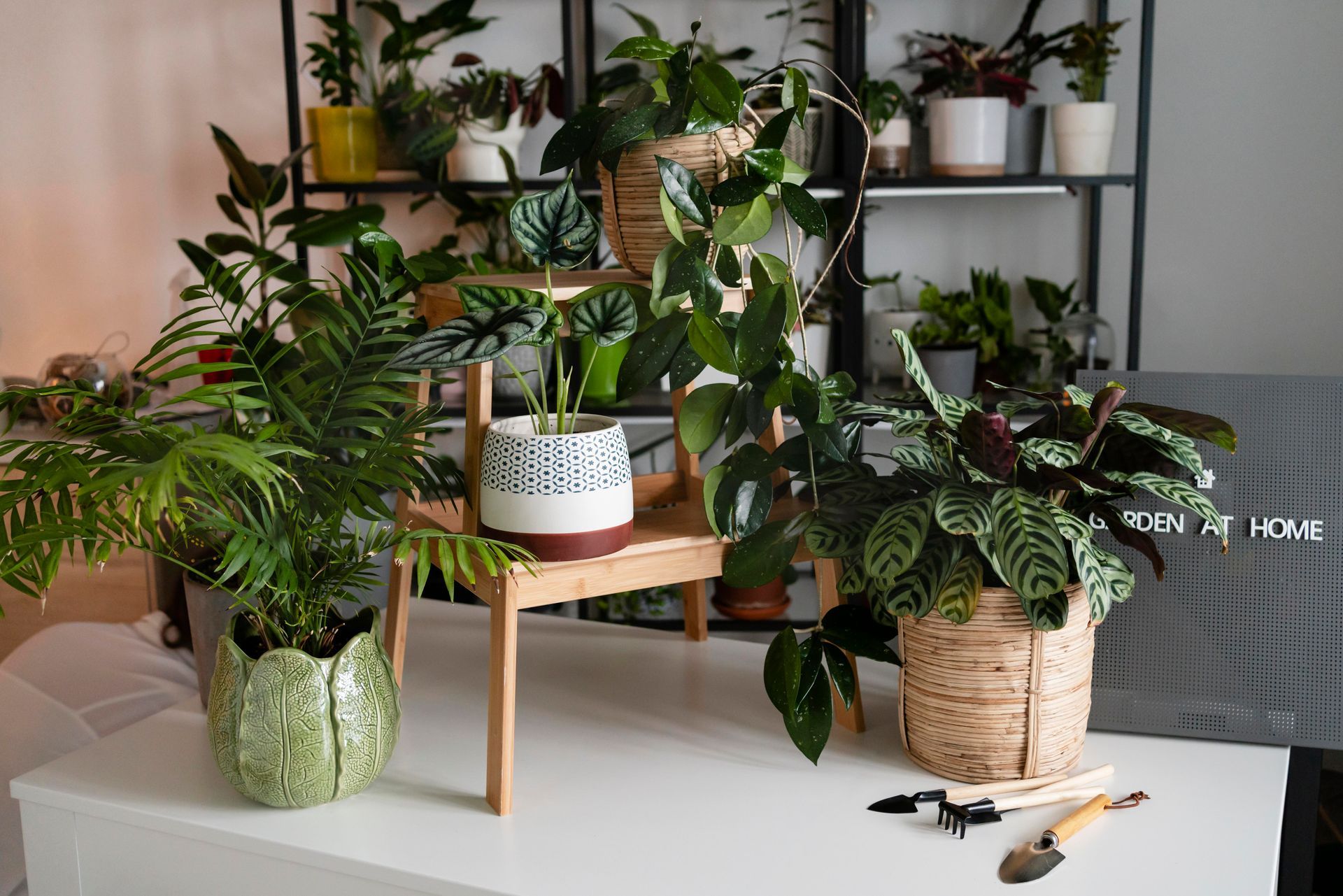Peace Lily - a great air purifying plant
Spathiphyllum or ‘Peace Lily’ plants are native to tropical regions of the Americas and south eastern Asia. They are a favourite plant to grow indoors with lush foliage and long-lasting white blooms throughout the year. Growing plants in homes and offices has many proven health benefits. Plants are nature’s air purifiers and improve the feeling and wellbeing of our living spaces. Spathiphyllums are one of the best air purifying plants available.
Where to Grow
Spathiphyllums have very low light requirements. When grown indoors they enjoy filtered light, but not direct sunlight. These plants are also ideal for the low light areas of the home including bathrooms and bedrooms. They do best in consistent temperatures so avoid spots that are constantly draughty.
Care
Spathiphyllums are low maintenance and will bring years of pleasure. There are a few rules to follow to have your Spathiphyllums continue to thrive and be looking great.
- Keep moist but not wet. Only water plants when they are drying out. The best method for testing if your indoor plant needs water is to stick your finger in the soil to check. Only water when dry.
- Spathiphyllum’s fertilising requirements are quite low. Weakened solutions of liquid fertiliser (follow the instructions for indoor plants) can be applied every few weeks when plants are actively growing. Alternatively, the application of controlled release pellets for indoor plants to the top of the growing mix a couple of times a year is a no fuss way to have plants fed, happy and looking great.
If leaf tips start to brown, it can be a sure sign of over-fertilising or under-watering.
Regular spraying of foliage with a mist of water will increase the humidity around the plant, which is important in the dry conditions of airconditioned environments. - To wipe over the leaves of Spathiphyllums plants with a horticultural oil such as All Seasons Oil will have your plants looking spectacular.
Remove old or damaged leaves.
Generally, Spathiphyllums are not highly susceptible to disease or insect attack. We can assist to fix any problems that may occur.
Varieties - There are many varieties of Spathiphyllums. Other than a green flowering form, they all have stunning white flowers. There are large leaf varieties such as Spathiphyllum ‘Sensation’ to small compact varieties such as Spathiphyllum ‘Petite’ and just about every size in between. There is also a beautiful variegated leaf form named Platinum with silver white foliage.
It is easy to find the perfect Spathiphyllum at Stoneman's to bring brightness and freshness to your life.

